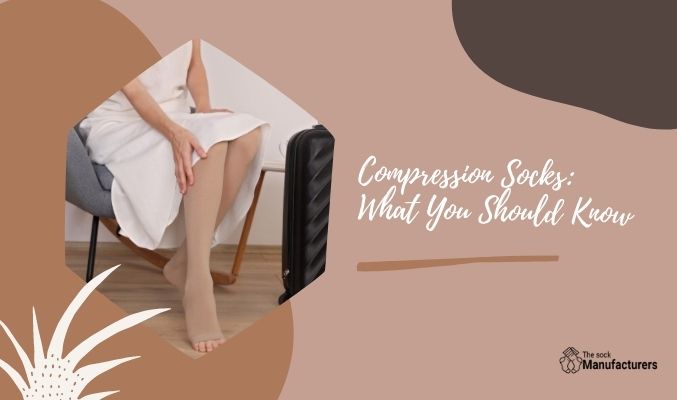Compression Socks: What You Should Know

Compression socks, which are specially made stockings that softly squeeze around legs of different lengths, are certainly familiar to you. However, if you’ve never had to wear them, there’s a bunch you don’t know about them.
There’s a lot to learn about compression socks, from their medical benefits to the common misunderstanding regarding age-appropriate use.
What Exactly are Compression Socks?
Compression socks are socks of varying lengths that are meant to squeeze legs somewhat more than regular socks. The main goal is to improve blood circulation in the legs.
It’s a convenient and regular occurrence. However, it is a highly underused alternative. In other words, more individuals may profit from their use.
How Can they Assist?
There is a plethora of research and proof that compression socks function, particularly for venous leg issues. Approximately 90% of leg problems begin in the veins.
Venous insufficiency is one example. That is due to the inability of the vein valves to operate. Your blood would be kept in your legs, and your returns to the heart would be reduced.
Compression socks work by gently compressing the legs to raise the pressure in the tissues under the skin. This minimizes excess fluid leakage from capillaries and enhances tissue fluid absorption by veins and lymphatic channels.
As a consequence, edema is decreased, and swelling is prevented. It also limits the capacity of superficial veins to grow and fill with blood, preventing blood from flowing backward and creating congestion.
If blood pools in the veins of the legs, it can result in skin changes, damage to the valves and vein walls, inflammation of the vein, varicose veins, and even blood clots.
Aside from venous insufficiency, another popular purpose for wearing compression socks is to improve blood flow when sitting for extended periods, such as during a lengthy trip.
With poor circulation and less activity, there is greater blood pooling and retention in the legs, increasing the risk of clots. While the risk of clotting is low if you’re healthy, you’ve undoubtedly felt discomfort or swelling after extended battles. Compression socks assist in maintaining circulation and alleviate symptoms.
The Many Styles of Compression Socks
Compression socks are classified into two types: graded and anti-embolism stockings. As usual, if you have any questions, see your healthcare practitioner.
Business owners and retailers drop a mail to compression socks suppliers to source bulk socks. Mention your specific demands if you want to customize your order.
Relevant Blog- How To Determine The Right Size of Compression Socks For Yourself?










